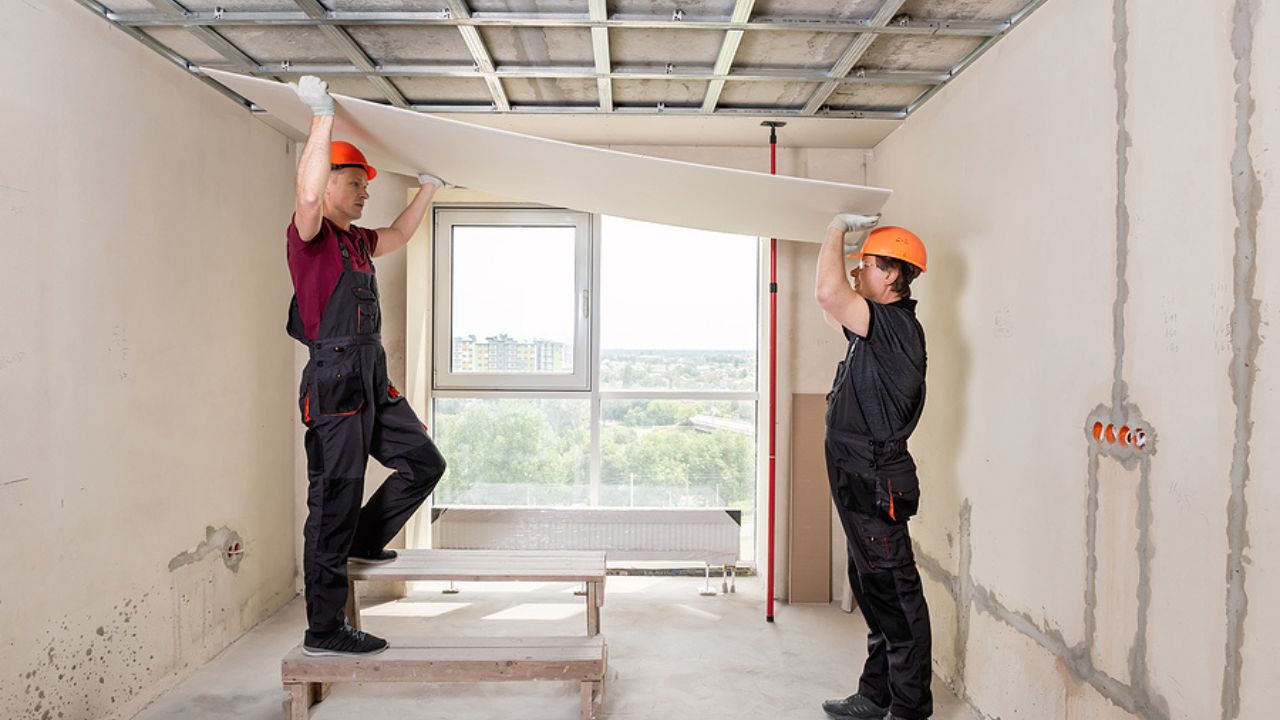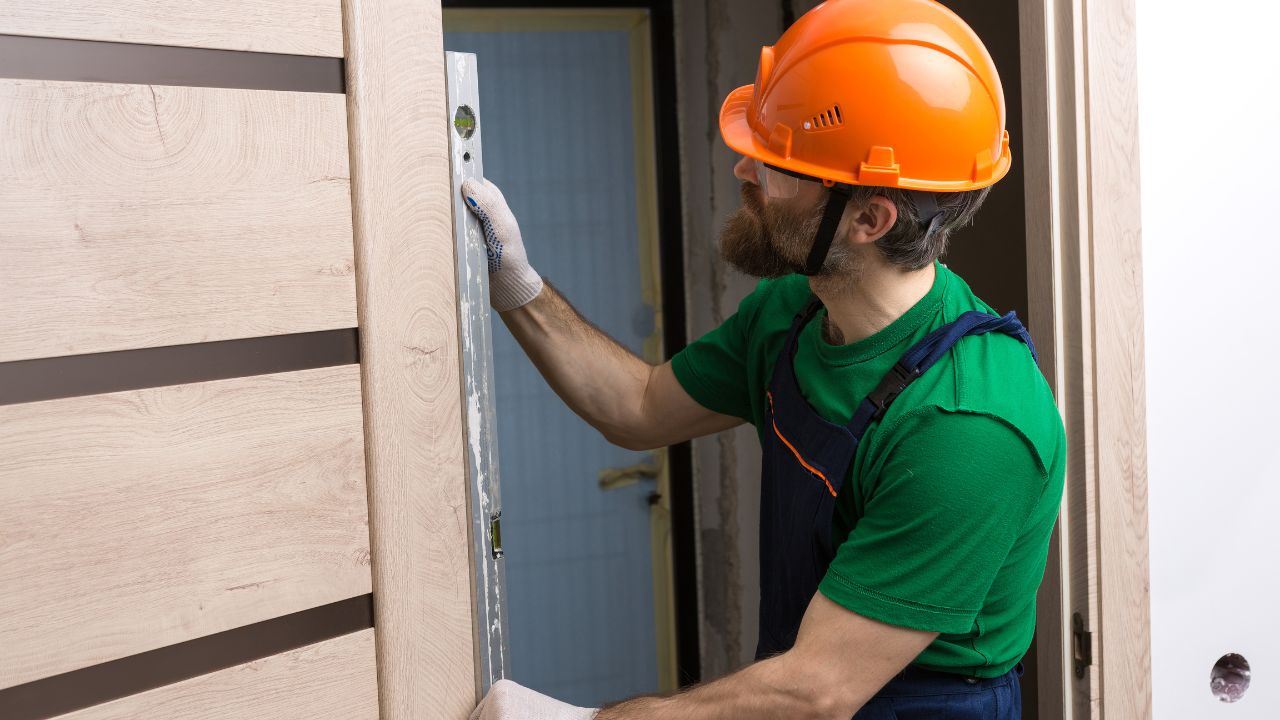- Homepage
- Blogs
Shopping Mall Drainage System Cost Estimator
Leading provider of crawl space repair service.
Designing and implementing an effective drainage system is crucial for any shopping mall, particularly in areas like Florida, where heavy rains and tropical storms are frequent. A well-installed drainage system ensures that rainwater and runoff are efficiently channeled away from the building’s foundation, parking lots, and other critical areas. Neglecting this essential component can result in severe structural damage, costly repairs, and potential safety hazards. This detailed cost estimator guide will help general contractors, subcontractors, material suppliers, developers, and property owners understand the expenses associated with shopping mall drainage systems in Florida and beyond. The estimates provided will consider various factors, including labor, materials, and the different types of drainage systems available for shopping malls.

Cost Factors Affecting Shopping Mall Drainage Systems
Several factors contribute to the overall cost of installing a drainage system in a shopping mall. Each mall’s unique characteristics, including its size, layout, and geographic location, will significantly influence the cost. Below are the key cost factors to consider when estimating the expense of a drainage system for a shopping mall.
1. Mall Size and Layout
The size and complexity of the mall are primary factors that affect the cost of installing a drainage system. Larger malls require longer piping, more grates, and more extensive site excavation, which drives up the cost. Malls with complex layouts, such as multiple levels or parking structures, require more intricate drainage planning and installation, further increasing costs. For example, a 50,000-square-foot mall will require significantly fewer materials and labor compared to a 250,000-square-foot property.
Mall Size (Sq. Ft.) | Estimated Drainage Cost |
50,000 sq. ft. | $50,000 – $100,000 |
100,000 sq. ft. | $100,000 – $200,000 |
250,000 sq. ft. | $250,000 – $500,000 |
Get High-Quality 3D Rendering Services Today!
Transform your space with stunning 3D Rendering that blends style, comfort, and functionality.
We Specialize in Both Residential and Commercial 3D Rendering Projects.
- Luxury Villas
- Apartment Complexes
- Home
- Condominium
- Office Buildings
- Shopping Malls
- Hospitals
- Hotels & Resorts
2. Drainage System Type
There are various types of drainage systems to choose from, each with different costs depending on the specific requirements of the shopping mall. Surface drainage systems are generally more affordable, while French and subsurface drainage systems, which offer superior water management, tend to be more expensive. The decision between these systems depends on factors such as the mall’s location, ground composition, and anticipated rainfall levels.
Drainage System Type | Cost Per Linear Foot |
Surface Drainage | $10 – $20 |
French Drainage | $25 – $50 |
Subsurface Drainage | $30 – $60 |
Sump Pump System | $1,000 – $3,000 per unit |
3. Labor Costs
The installation of drainage systems requires skilled labor, including excavation teams, piping specialists, and general laborers. Labor costs can vary significantly depending on the region, the complexity of the installation, and the expertise required. In Florida, where construction labor is in high demand, labor costs can range from $25 to $200 per hour, depending on the job’s complexity.
Labor Type | Cost Per Hour |
General Labor | $25 – $50 |
Specialist | $50 – $100 |
Excavation Team | $100 – $200 |
Want to Start Your Project with the Best Contractors?
Let’s Take Your Projects to the Next Level.
& What's you will get:
- Connecting You to Top Local Contractors
- Professional Consulting, Contractors Near You
- From Expert Advice to Local Contractor Connections
Contact Now
Let's discuss with a cup of coffe
4. Material Costs
The materials used in constructing the drainage system can also influence the total cost. Pipes, grates, and other components come in various materials, including PVC, concrete, and perforated options. Higher-quality materials, while more expensive initially, often result in longer-lasting and more efficient drainage systems, reducing maintenance and replacement costs over time.
Material | Cost Per Linear Foot |
PVC Pipes | $2 – $5 |
Concrete Pipes | $8 – $12 |
Perforated Pipes | $4 – $8 |
Drain Grates | $50 – $200 per grate |
Get Acquainted with Estimation
Types of Drainage Systems and Their Costs
The type of drainage system chosen for the shopping mall will play a significant role in determining the overall cost of the project. Different systems have unique benefits depending on the layout and location of the mall. Here are some common drainage system types used in commercial projects, along with their typical cost ranges.
1. Surface Drainage Systems
Surface drainage systems are designed to collect and divert rainwater from flat surfaces like parking lots, walkways, and rooftops. This system typically includes grates and trenches installed along the surface to capture water before it can accumulate. This is often the most cost-effective solution for malls with large paved areas, such as parking lots.
Component | Cost Range |
Surface Drains | $10 – $20 per linear foot |
Surface Drain Grates | $50 – $200 per grate |
Installation Labor | $3,000 – $10,000 per 10,000 sq. ft. |
Surface drainage systems are commonly used because they are easy to install and maintain. However, they are less effective at handling large volumes of water compared to more sophisticated systems like French or subsurface drains.
French Drainage Systems
French drainage systems use perforated pipes to direct water away from the mall’s foundation, making them an ideal solution for regions like Florida, where heavy rainfall is a frequent occurrence. This system is buried underground and filled with gravel to allow water to drain into the pipes and away from the site.
Component | Cost Range |
Perforated Pipes | $4 – $8 per linear foot |
Gravel for Backfill | $20 – $40 per cubic yard |
Installation Labor | $5,000 – $15,000 per 10,000 sq. ft. |

French drains are particularly effective in preventing water from seeping into the foundation of the shopping mall. The cost of installing a French drain can be higher than surface drains due to the need for excavation and backfilling.
3. Subsurface Drainage Systems
Subsurface drainage systems are used for larger commercial properties and help manage both surface water and groundwater. These systems are installed underground and are more expensive but provide comprehensive drainage solutions for extensive mall complexes.
Component | Cost Range |
Subsurface Drains | $30 – $60 per linear foot |
Concrete Drainage Pipes | $8 – $12 per linear foot |
Installation Labor | $7,000 – $20,000 per 10,000 sq. ft. |
Subsurface drainage systems offer the most effective solution for large-scale shopping malls where water management is critical to avoid flooding and damage. While more expensive, these systems provide long-term protection against water damage.
4. Sump Pump Systems
Sump pump systems are essential for areas prone to flooding or where natural drainage is insufficient. These pumps are installed in low-lying areas to remove water that accumulates and redirect it to a safer location.
Component | Cost Range |
Sump Pump (Unit) | $1,000 – $3,000 per unit |
Sump Pump Installation | $1,500 – $5,000 |
Additional Piping | $10 – $25 per linear foot |
Sump pumps are commonly installed in basements or low-lying areas of shopping malls to prevent water accumulation. They work by automatically detecting rising water levels and pumping excess water away from the structure, which is particularly useful during heavy rainstorms or floods. The installation of sump pumps can significantly reduce the risk of water damage, mold growth, and other structural issues, providing peace of mind for mall owners and managers.
For shopping mall drainage, get general drainage system cost estimates to compare with commercial projects.
Cost Breakdown for Drainage System Installation
When estimating the overall costs for installing a shopping mall drainage system, it’s essential to break down the various components. Here’s a detailed breakdown of the installation costs associated with each type of drainage system, including labor and material estimates.
1. Surface Drainage Installation Cost Breakdown
Item | Estimated Cost |
Surface Drainage Materials | $10,000 – $25,000 |
Labor (100 hours @ $50/hr) | $5,000 |
Total Cost | $15,000 – $30,000 |
2. French Drain Installation Cost Breakdown
Item | Estimated Cost |
French Drain Materials | $15,000 – $35,000 |
Labor (150 hours @ $50/hr) | $7,500 |
Total Cost | $22,500 – $42,500 |
90% More Chances to Win Mechanical Bids with Our Estimate!
3. Subsurface Drain Installation Cost Breakdown
Item | Estimated Cost |
Subsurface Drain Materials | $20,000 – $50,000 |
Labor (200 hours @ $75/hr) | $15,000 |
Total Cost | $35,000 – $65,000 |
4. Sump Pump System Installation Cost Breakdown
Item | Estimated Cost |
Sump Pump Units | $2,000 – $6,000 |
Installation Labor (30 hours @ $50/hr) | $1,500 |
Total Cost | $3,500 – $7,500 |
These costs reflect average estimates; however, actual costs can vary significantly based on specific site conditions, the complexity of the drainage system, and local labor rates.
Shopping Mall Drainage System Cost Table
The following table provides a consolidated overview of estimated costs associated with different types of drainage systems for shopping malls.
Drainage System Type | Estimated Cost Range |
Surface Drainage | $15,000 – $30,000 |
French Drainage | $22,500 – $42,500 |
Subsurface Drainage | $35,000 – $65,000 |
Sump Pump System | $3,500 – $7,500 |
This table serves as a valuable tool for contractors and developers in budgeting for the drainage system of a shopping mall, allowing for more accurate financial planning and resource allocation.
Drainage System Maintenance Costs
In addition to initial installation costs, ongoing maintenance is vital for ensuring the long-term efficiency of drainage systems. Regular inspections and maintenance can help identify potential issues before they escalate into costly repairs. The maintenance costs for shopping mall drainage systems can vary depending on the type of system and local service rates.
Regular Maintenance Considerations:
- Surface Drainage Systems: Regular cleaning of grates and channels is essential to prevent clogging from debris. Estimated maintenance costs can range from $500 to $1,500 annually.
- French Drain Systems: Inspection and cleaning of perforated pipes and gravel beds are necessary to maintain effectiveness. Maintenance costs can range from $1,000 to $2,500 per year.
- Subsurface Drain Systems: These systems often require more extensive maintenance, including camera inspections and pipe cleaning, with costs ranging from $2,000 to $5,000 annually.
- Sump Pump Systems: Regular testing and servicing of sump pumps are crucial to ensure they function correctly during heavy rains. Estimated maintenance costs can range from $300 to $800 annually.

Annual Maintenance Cost Overview:
System Type | Estimated Annual Maintenance Cost |
Surface Drainage | $500 – $1,500 |
French Drainage | $1,000 – $2,500 |
Subsurface Drainage | $2,000 – $5,000 |
Sump Pump System | $300 – $800 |
Understanding these ongoing costs helps mall owners prepare financially for the maintenance required to keep their drainage systems functioning efficiently over time.
Regional Cost Considerations for Florida
When estimating drainage system costs for shopping malls in Florida, it’s crucial to account for regional variations in labor rates, material availability, and local regulations. The state’s unique climatic conditions, including heavy rainfall and occasional hurricanes, necessitate more robust and reliable drainage systems, which can affect overall costs.
Key Factors Influencing Costs in Florida:
- Labor Costs: Due to high demand for skilled labor in the construction industry, labor costs in Florida can be 15% to 25% higher than in other regions.
- Material Availability: Florida’s proximity to suppliers may reduce transportation costs for materials, but specific products like high-quality drainage pipes may still incur premium pricing.
- Climate Considerations: The need for more extensive drainage systems to cope with Florida’s rainy season increases overall costs, as systems must be more durable and effective.
By considering these factors, contractors and developers can make informed decisions that align with their budget while ensuring compliance with local regulations.
DIY vs. Professional Installation: A Cost Comparison
When planning the installation of a shopping mall drainage system, mall owners may consider whether to undertake the project themselves or hire a professional contractor. Both options have pros and cons, affecting the overall costs and quality of the work performed.
DIY Installation:
- Pros:
- Potential cost savings on labor expenses.
- Greater control over the installation process.
- Opportunity to learn and gain hands-on experience.
- Cons:
- Requires substantial time and effort.
- Risks of improper installation may lead to costly mistakes.
- Potential lack of necessary tools and equipment.
Professional Installation:
- Pros:
- Access to specialized knowledge and experience.
- Quality assurance through professional standards.
- Often includes warranties and guarantees.
- Cons:
- Higher upfront costs due to labor and expertise.
- Less control over the installation timeline.
Cost Comparison:
Installation Method | Estimated Cost Range |
DIY | $5,000 – $10,000 |
Professional Installation | $15,000 – $65,000 |
While DIY installation may seem appealing from a cost perspective, the potential risks and challenges associated with improper installation may ultimately lead to higher costs in the long run.
Hiring Drainage System Contractors in Florida
Selecting a qualified contractor for the installation of a shopping mall drainage system is critical for ensuring the project’s success. Here are some tips for hiring a contractor in Florida:
Mechanical Professionals For Your Project?
Steps to Find the Right Contractor:
- Research and Reviews: Begin by researching potential contractors, reading reviews, and checking ratings on platforms like Yelp and Angie’s List.
- Request Quotes: Obtain multiple quotes to compare pricing and services offered.
- Check Credentials: Verify that the contractor is licensed, insured, and has experience in commercial drainage system installations.
- Ask for References: Request references from previous clients to assess the quality of their work.
- Discuss Project Details: Communicate your project requirements clearly, ensuring the contractor understands the unique needs of your shopping mall.
By taking these steps, mall owners can find a reliable contractor who can deliver a high-quality drainage system tailored to their specific needs.
Conclusion
Investing in a reliable drainage system is essential for the successful operation of any shopping mall. Understanding the costs involved, including installation and maintenance, helps contractors, developers, and property owners make informed decisions that protect their investments.
Frequently Asked Question
A drainage system is crucial for shopping malls to effectively channel rainwater and runoff away from the building’s foundation and parking areas. In regions like Florida, where heavy rains and tropical storms are common, a well-designed drainage system helps prevent structural damage, costly repairs, and safety hazards associated with water accumulation.
Several factors influence the cost of installing a drainage system, including:
- Mall Size and Layout: Larger malls require more materials and complex planning.
- Type of Drainage System: Different systems (surface, French, subsurface, sump pump) come with varying costs.
- Labor Costs: Skilled labor requirements vary based on installation complexity and regional rates.
- Material Costs: The type and quality of materials (PVC, concrete, etc.) impact overall expenses.
Common types of drainage systems include:
- Surface Drainage Systems: Collect and divert water from paved areas using grates and trenches.
- French Drainage Systems: Use perforated pipes buried underground to manage water flow.
- Subsurface Drainage Systems: Installed underground for large properties, effectively managing both surface water and groundwater.
- Sump Pump Systems: Remove water from low-lying areas to prevent flooding.
Labor costs in Florida can vary significantly based on job complexity and local demand. Generally, rates range from $25 to $200 per hour, depending on the type of labor required (general labor vs. specialists).
Here’s a general cost range for various drainage systems:
- Surface Drainage: $15,000 - $30,000
- French Drainage: $22,500 - $42,500
- Subsurface Drainage: $35,000 - $65,000
- Sump Pump System: $3,500 - $7,500
Maintenance costs will depend on the type of drainage system installed. Estimated annual maintenance costs are:
- Surface Drainage: $500 - $1,500
- French Drainage: $1,000 - $2,500
- Subsurface Drainage: $2,000 - $5,000
- Sump Pump System: $300 - $800
While DIY installation can save on labor costs, it also carries risks such as improper installation that could lead to costly repairs. Professional installation provides expertise and often includes warranties, but it comes at a higher upfront cost. Generally, professional installation ranges from $15,000 to $65,000, whereas DIY might cost between $5,000 and $10,000.
Comprehensive Trade-Specific Estimates
At Estimate Florida Consulting, we offer detailed cost estimates across all major trades, ensuring no part of your project is overlooked. From the foundation to the finishing touches, our trade-specific estimates provide you with a complete and accurate breakdown of costs for any type of construction project.
Our Simple Process to Get Your Estimate
Upload Plans
Submit your project plans, blueprints, or relevant documents through our online form or via email.
Receive Quotation
We’ll review your project details and send you a quote based on your scope and requirements.
Confirmation
Confirm the details and finalize any adjustments to ensure the estimate meets your project needs.
Get Estimate
Receive your detailed, trade-specific estimate within 1-2 business days, ready for your project execution.



Our Clients & Partners
We pride ourselves on building strong, lasting relationships with our clients and partners across the construction industry.

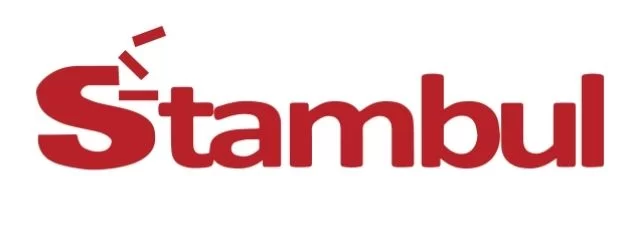

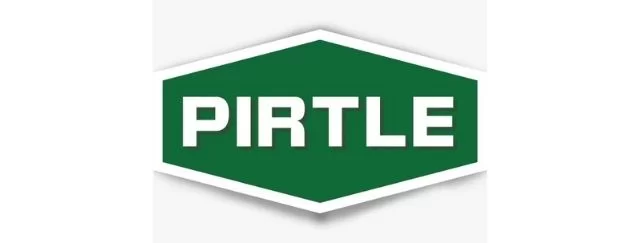

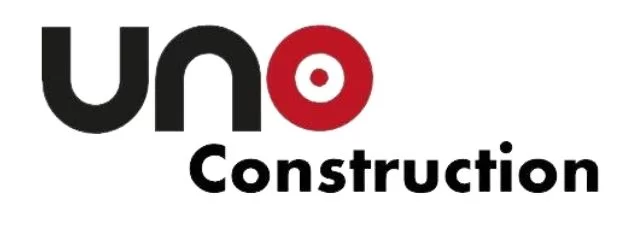





What Our Clients Say?
We take pride in delivering accurate, timely, and reliable estimates that help contractors and builders win more projects. Our clients consistently praise our attention to detail, fast turnaround times, and the positive impact our estimates have on their businesses.
Estimate Florida Consulting has helped us win more bids with their fast and accurate estimates. We trust them for every project!







